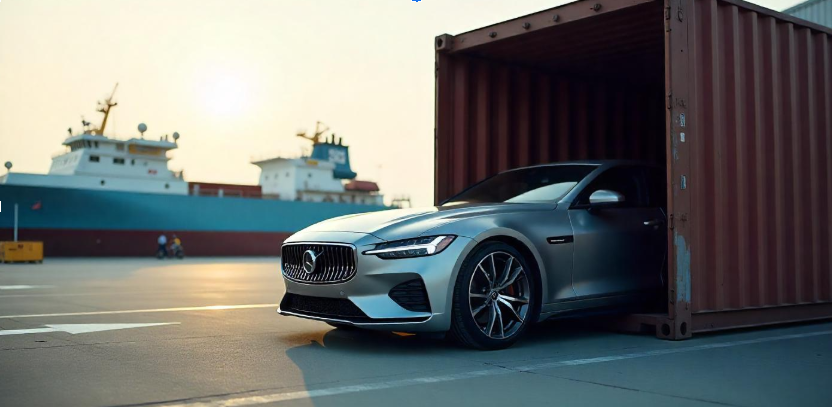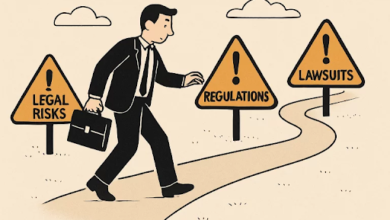
Importing a car from abroad offers exciting possibilities, whether you’re seeking a rare model, better pricing, or an upgrade not available in your home country. But before jumping into international car shipments, it’s crucial to grasp the concept of import tariffs, which can significantly influence the final cost of your purchase. This guide breaks down the complexities, offers practical tips, and even explores how to legally reduce your costs.
What Are Import Tariffs?
Import tariffs are taxes imposed by a government on goods entering the country. When it comes to importing cars, tariffs serve several purposes:
- Protecting local car manufacturers from international competition
- Generating revenue for the government
- Regulating environmental and safety standards
Quick Example: Importing a car from Japan to the U.S.? A 2.5% duty is applied to the car’s value.
See also: The Benefits of a Business Owners Policy for Small Companies
Key Tariff-Related Terms You Should Know
| Term | Definition |
| Customs Duty | A tax on imported goods, usually a percentage of the declared value |
| HS Code | Harmonized System Code used globally to classify traded products |
| CIF Value | Total cost of the car including Cost + Insurance + Freight |
| Excise Duty | Additional taxes applied to specific categories like luxury or large cars |
| VAT | Value Added Tax, applicable in many countries for imported goods |
How Are Import Tariffs Calculated?
Most countries use a formula based on the CIF value of the car. Here’s a general idea:
Import Tariff = CIF Value × Applicable Tariff Rate
Example:
- CIF value: $25,000
- Tariff Rate: 10%
- Import Tariff: $2,500
Remember, some countries may add VAT, excise duties, and port handling fees on top of the base tariff.
Related Question: How much is it to ship a car internationally? — Review to get a detailed quote, including shipping fees, tariffs, and more.
Role of Car Shipping Companies
Most reputable car shipping companies play an essential role in the international vehicle import process. Their services go beyond transportation — they help:
- Coordinate logistics from origin to destination
- Ensure compliance with export and import laws
- Provide accurate documentation like the bill of lading and freight invoices
- Offer guidance on insurance and customs clearance
A reliable car shipping company can also provide estimates and insights on import tariffs, helping you plan your total budget more accurately. Choosing a reputable auto transport service provider ensures a smoother, safer, and legally compliant shipment process.
Country-Specific Tariff Examples
| Country | Tariff Rate (Passenger Cars) | VAT/Other Taxes |
| USA | 2.5% | Trucks: 25%, Motorcycles vary |
| EU Nations | 10% | VAT: 19–21%, High emission tax applies |
| Canada | 6.1% (non-US origin) | GST/HST: 5–15% |
| Australia | 5% | Luxury Car Tax: 33% over threshold |
| India | 60–100% | Varies by engine size and vehicle type |
Pro Tip: Countries with Free Trade Agreements may offer reduced or zero tariffs.
Factors That Influence Import Tariffs
- Country of Origin: FTAs (e.g., USMCA, EU-Japan) can reduce or eliminate tariffs.
- Vehicle Type: Trucks, electric vehicles, and luxury models often have separate rates.
- Engine Size & Emissions: Higher emissions may attract additional eco taxes.
- Age of Vehicle: Some countries penalize the import of used or older vehicles.
- Declared Value: Undervaluing can trigger penalties or re-evaluation by customs.
Essential Documents for Customs Clearance
To avoid delays and penalties, prepare the following:
- Bill of Lading
- Commercial Invoice
- Vehicle Title and Registration
- Import Approval (if required)
- Compliance Certificates (e.g., DOT/EPA in the U.S.)
- HS Code classification
Pro Tip: Incomplete documents can delay your shipment and lead to extra fees.
Tips to Minimize Your Tariff Costs
- Research Trade Agreements: Check if your country has FTAs with the exporter.
- Choose Compliant Vehicles: Cars meeting local standards face fewer restrictions.
- Avoid Luxury Taxes: Choose vehicles below the luxury tax threshold.
- Work with a Customs Broker: They can help reduce errors and optimize your tariff strategy.
Common Mistakes to Avoid
- Underestimating Total Import Costs
- Ignoring Local Regulations
- Assuming Zero Tariff Applies Automatically
- Relying on Outdated Information
Real-Life Example
Case Study: Importing a 2020 BMW 3-Series from Germany to Canada
- Purchase Price: $30,000 CAD
- Freight & Insurance: $2,000 CAD
- CIF Value: $32,000 CAD
- Duty (6.1%): $1,952 CAD
- GST (5%): $1,600 CAD
- Total Taxes: $3,552 CAD
Savings Tip: If the car was manufactured in the U.S. or Mexico, duty would be 0% under USMCA.
Resources to Check Tariff Rates
- U.S. Harmonized Tariff Schedule (HTS)
- EU TARIC Database
- Canada CBSA
- Australian Border Force
- World Customs Organization
Final Thoughts
Understanding import tariffs is essential for making smart, informed decisions when bringing a car from overseas. With the right preparation, a solid understanding of tariff structures, and professional help where needed, you can navigate the complexities with ease and save thousands.
FAQ Section
Q: Do electric vehicles have lower import tariffs?
A: Yes, in some countries (e.g., India, EU) EVs qualify for reduced or zero duties to promote green technology.
Q: Can I avoid tariffs by driving the car across the border?
A: Not really. Customs duties still apply even if the vehicle is driven across manually.
Q: What if I declare a lower value?
A: Customs can reassess the value using their own valuation system and fine you for under-invoicing.




